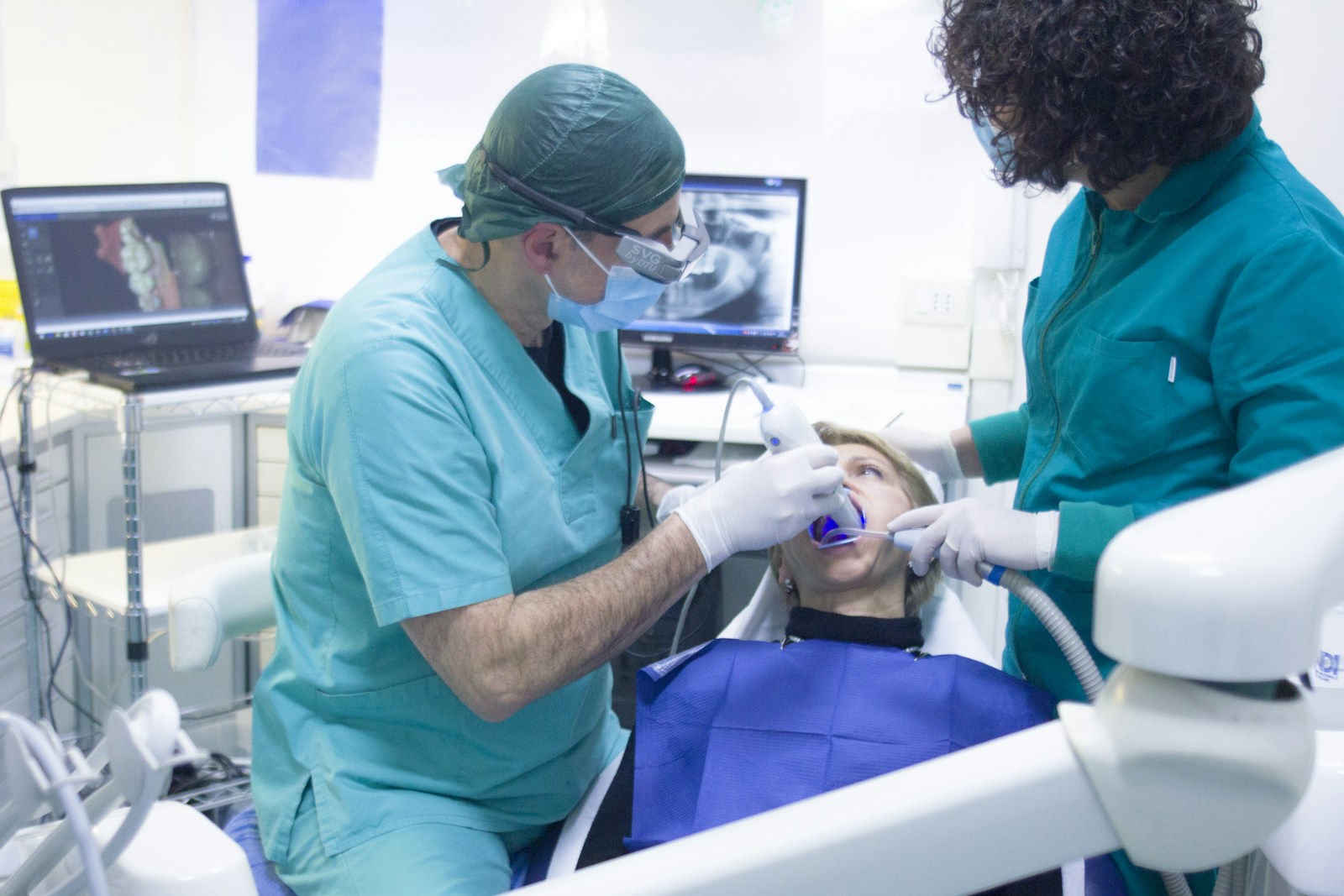Welcome to our comprehensive exploration of Cone Beam Computed Tomography (CBCT) and its revolutionary impact on dental implantology. Whether you're fascinated by the latest dental technologies or considering the future of dental treatments, this article will guide you through the pivotal role CBCT plays in enhancing the precision and success of dental implants. Prepare to delve into an insightful discussion, encompassing essential knowledge ranging from CBCT implant planning to the practical benefits for both dentists and patients. Join us as we unfold the layers of this cutting-edge technology and its significance in the realm of modern dentistry.
Unlocking the Potential of CBCT in Dental Implant Planning
In the intricate world of dental implantology, precision is not just a priority; it's a necessity. Enter CBCT (Cone Beam Computed Tomography), a revolutionary technology reshaping how professionals approach implant planning. With its ability to provide three-dimensional images of the jaw and teeth, CBCT offers unparalleled accuracy.
This accuracy is crucial for evaluating the bone structure, locating nerves, and ensuring the optimal placement of dental implants. By utilizing CBCT in the initial planning phases, dental professionals can tailor their strategies to each patient’s unique anatomical landscape.
This individualized roadmap doesn’t just predict a more successful implant procedure; it guarantees it.
As we continue to embrace these technological advancements, the future of dental implant successes becomes not just a possibility, but a palpable reality.
The Evolution of Dental Implants: How CBCT Technology is Making a Difference
The world of dental implantology has witnessed a monumental shift with the advent of Cone Beam Computed Tomography (CBCT) technology. Gone are the days when the planning and execution of dental implants were heavily reliant on traditional two-dimensional imaging techniques.
CBCT has ushered in a new era where the three-dimensional visualization of oral structures is now the norm, not the exception. This leap in diagnostic capability allows for a holistic understanding of patient anatomy, enhancing the precision of implant placement.
Moreover, the detailed insights provided by CBCT assist in identifying potential challenges before they manifest during surgery, thereby reducing risks and improving patient outcomes. As we delve deeper into the transformative effects of CBCT on dental implantology, it becomes evident that this technology is not just an improvement; it's a revolution that redefines standards of care.
From Analysis to Action: The Vital Role of Implant CBCT in Successful Outcomes
The journey from meticulous planning to the successful execution of dental implants is streamlined by the strategic use of Implant CBCT (Cone Beam Computed Tomography). This technology stands at the forefront of dental diagnostics, offering a depth and clarity of imaging that traditional methods simply cannot match.
The crux of its advantage lies in the ability to analyze bone quality and density in three dimensions, aspects critical to the success of implant procedures. Furthermore, CBCT aids in the precise positioning of implants, factoring in the proximity to vital structures such as nerves and sinuses, thereby minimizing complications.
- This high level of analytical detail ensures that every phase of the implant process, from initial planning to the final placement, is informed by a comprehensive understanding of the patient's oral and maxillofacial anatomy.
- Consequently, Implant CBCT doesn't just influence outcomes; it shapes a pathway to success, embedding certainty and safety into every step of the implant journey.
CBCT Implant Planning: A Step-by-Step Guide to Precision and Perfection
Diving deeper into the realm of dental implantology, CBCT implant planning stands as a beacon of innovation, guiding dental professionals through a detailed and precise surgical roadmap. This step-by-step process begins with the acquisition of high-resolution CBCT scans, offering a panoramic view of the patient's oral and facial anatomy in three dimensions.
These scans allow clinicians to assess bone quality, identify the optimal implant sites, and avoid critical structures with unmatched accuracy.
The next phase involves virtual implant placement using specialized software, enabling practitioners to visualize the end result before any physical intervention. This meticulous planning not only enhances the predictability of implant success but also significantly reduces the patient's recovery time by minimizing surgical invasiveness. As we explore this journey from planning to perfect execution, CBCT implant planning emerges as a cornerstone of modern dental practice, transforming visions of precision into reality.
Exploring the Benefits: How CBCT Enhances the Dental Implant Process
The incorporation of CBCT technology in dental implant procedures has not only revolutionized diagnostic assessments but has also significantly augmented the overall patient experience. By facilitating a more thorough and accurate pre-surgical analysis, CBCT minimizes the likelihood of unforeseen complications, ensuring a smoother and faster recovery.
- The enhanced accuracy afforded by CBCT-guided implant surgery translates into fewer visits for patients, as the precision of this approach often eliminates the need for multiple adjustments.
- Furthermore, the ability to precisely navigate around vital structures with CBCT imaging brings peace of mind to patients and clinicians alike, bolstering confidence in the safety and success of the implant procedure.
Beyond the immediate benefits, the use of CBCT supports long-term oral health by ensuring that implants are placed in the most favorable positions for stability and functionality. As we explore the myriad benefits CBCT technology introduces to dental implantology, it's clear that its impact extends far beyond the clinical setting, enriching patient lives with improved outcomes and experiences.
